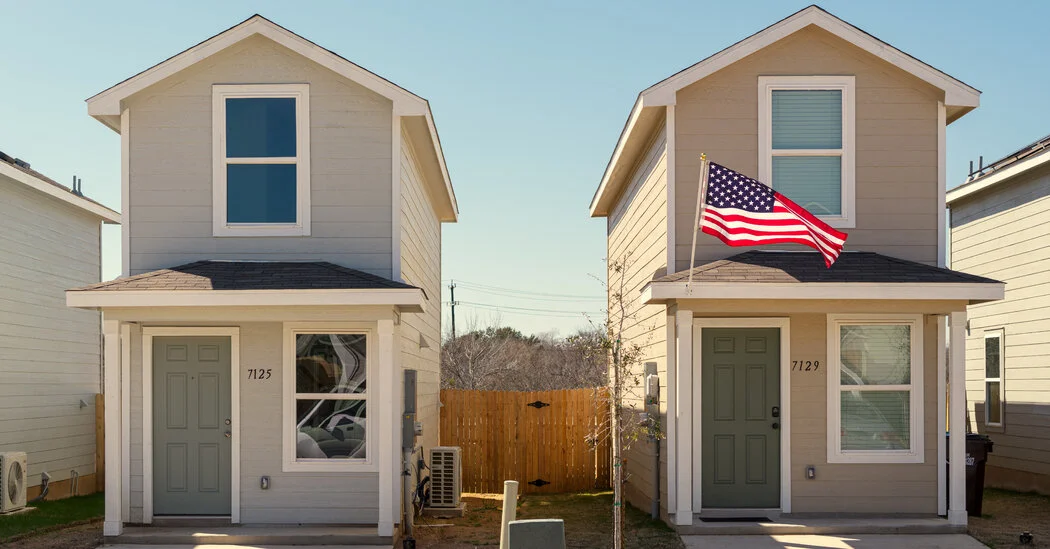The Great Compression: Thanks to soaring housing prices, the era of the 400-square-foot subdivision house is upon us
The Great Compression: Thanks to soaring housing prices, the era of the 400-square-foot subdivision house is upon us

The Great Compression

Robert Lanter lives in a 600-square-foot house that can be traversed in five seconds and vacuumed from a single outlet. He doesn’t have a coffee table in the living room because it would obstruct the front door. When relatives come to visit, Mr. Lanter says jokingly, but only partly, they have to tour one at time.
Each of these details amounts to something bigger, for Mr. Lanter’s life and the U.S. housing market: a house under $300,000, something increasingly hard to find. That price allowed Mr. Lanter, a 63-year-old retired nurse, to buy a new single-family home in a subdivision in Redmond, Ore., about 30 minutes outside Bend, where he is from and which is, along with its surrounding area, one of Oregon’s most expensive housing markets.
Mr. Lanter’s house could easily fit on a flatbed truck, and is dwarfed by the two-story suburban homes that prevail on the blocks around him. But, in fact, there are even smaller homes in his subdivision, Cinder Butte, which was developed by a local builder called Hayden Homes. Some of his neighbors live in houses that total just 400 square feet — a 20-by-20-foot house attached to a 20-by-20-foot garage.
This is not a colony of “tiny houses,” popular among minimalists and aesthetes looking to simplify their lives. For Mr. Lanter and his neighbors, it’s a chance to hold on to ownership.
This seems like the worst of both worlds — we still get massive suburban sprawl that prevents walkable cities and the density needed for good public transport, but without the perks of a larger house.
Would it kill them to intersperse some retail space for a grocery store, café or conveince store?
They can’t because of zoning laws.
Having read this the other day, it seems the lots for them are smaller so it’s still better than typical suburban sprawl, but yeah not by very much. It’s like duplexes, just without the shared walls.
At the same time, I totally understand the logic of the buyers. Condos and apartments really aren’t the same as having your own property that nobody really has say over but you. You can’t make big changes to a condo without approval of the building owner or whatever even though you “own it”, you share walls, and have no yard.
It’s just one more piece to the puzzle, it’s not meant to be -the-solution, just one of many.
For a normal-sized lot, I agree — but based on the photo in the article, the lot is basically nonexistent. There's barely enough room for a lawn chair. This feels more like wanting the outward trappings of a detached house without any of the tangible benefits.